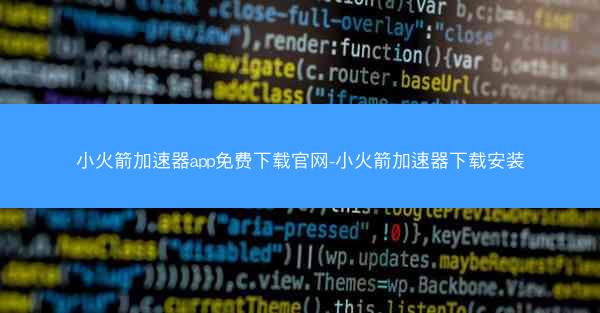
Radio's Plurals: How to Write the Plural Form of 'Radio' in English
Radio, as a noun, refers to a device that receives and transmits radio waves, or a medium for broadcasting audio content. When discussing the plural form of 'radio,' it's important to understand the correct way to express more than one radio in English. This article aims to delve into the various aspects of how to write the plural form of 'radio' in English, providing a comprehensive guide for those seeking clarity.
Understanding the Basics of Pluralization in English
In English, the pluralization of nouns is generally straightforward. Most nouns are made plural by adding an 's' or 'es' to the singular form. However, there are exceptions to this rule, and 'radio' is one of them. It's crucial to understand the basics of pluralization in English to correctly form the plural of 'radio.'
1. Common Pluralization Rules: Typically, adding an 's' to the singular form of a noun creates its plural. For example, 'cat' becomes 'cats,' and 'dog' becomes 'dogs.' This rule applies to most nouns in English.
2. Irregular Plurals: Some nouns have irregular plural forms that do not follow the standard 's' or 'es' rule. For instance, 'man' becomes 'men,' and 'child' becomes 'children.' The plural form of 'radio' falls into this category.
3. The Exception of 'Radio': Unlike most nouns, 'radio' does not follow the standard pluralization rules. It does not become 'radios' when referring to more than one radio. Instead, it retains its singular form, 'radio,' when discussing multiple devices.
Why 'Radios' Is Not the Correct Plural Form
The confusion arises from the fact that many words ending in 'o' form their plural by adding an 'es' to the end. However, this rule does not apply to 'radio.' Here are a few reasons why 'radios' is not the correct plural form:
1. Historical Usage: The word 'radio' has been used in English for over a century, and throughout this time, it has consistently been used in its singular form when referring to multiple devices.
2. Consistency in Usage: The singular form 'radio' is consistent with other words that do not follow the standard pluralization rules, such as 'photo' and 'canto.'
3. Avoiding Ambiguity: Using the singular form 'radio' for multiple devices helps avoid ambiguity. For example, 'I have two radios' clearly indicates that there are two separate devices, whereas 'I have two radioses' would be grammatically incorrect and confusing.
Correct Usage of 'Radio' in Plural Contexts
When discussing more than one radio, it's important to use the correct form. Here are some examples of how to use 'radio' in plural contexts:
1. Describing Multiple Devices: I have two radios in my car, one for the front seat and one for the back seat.\
2. Referring to a Collection: The museum has an impressive collection of antique radios.\
3. Discussing General Usage: Radios are widely used for broadcasting news and music.\
Spelling and Pronunciation of 'Radio's Plural Form
The correct plural form of 'radio' is spelled as 'radios,' with an 's' added to the end. The pronunciation remains the same as the singular form, with a long 'o' sound. It's important to note that the 's' at the end of 'radios' is not silent, as it is in some other words ending in 's.'
1. Spelling: The plural form is spelled as 'radios,' with an 's' added to the end of the singular form.
2. Pronunciation: The word is pronounced as 'ray-dioz,' with a long 'o' sound in both the singular and plural forms.
Conclusion
Understanding the correct plural form of 'radio' in English is essential for clear and accurate communication. While it may seem counterintuitive, the word 'radio' does not follow the standard pluralization rules and retains its singular form when referring to multiple devices. By recognizing the exceptions to common pluralization rules and using the correct spelling and pronunciation, one can effectively express the concept of more than one radio in English.




















